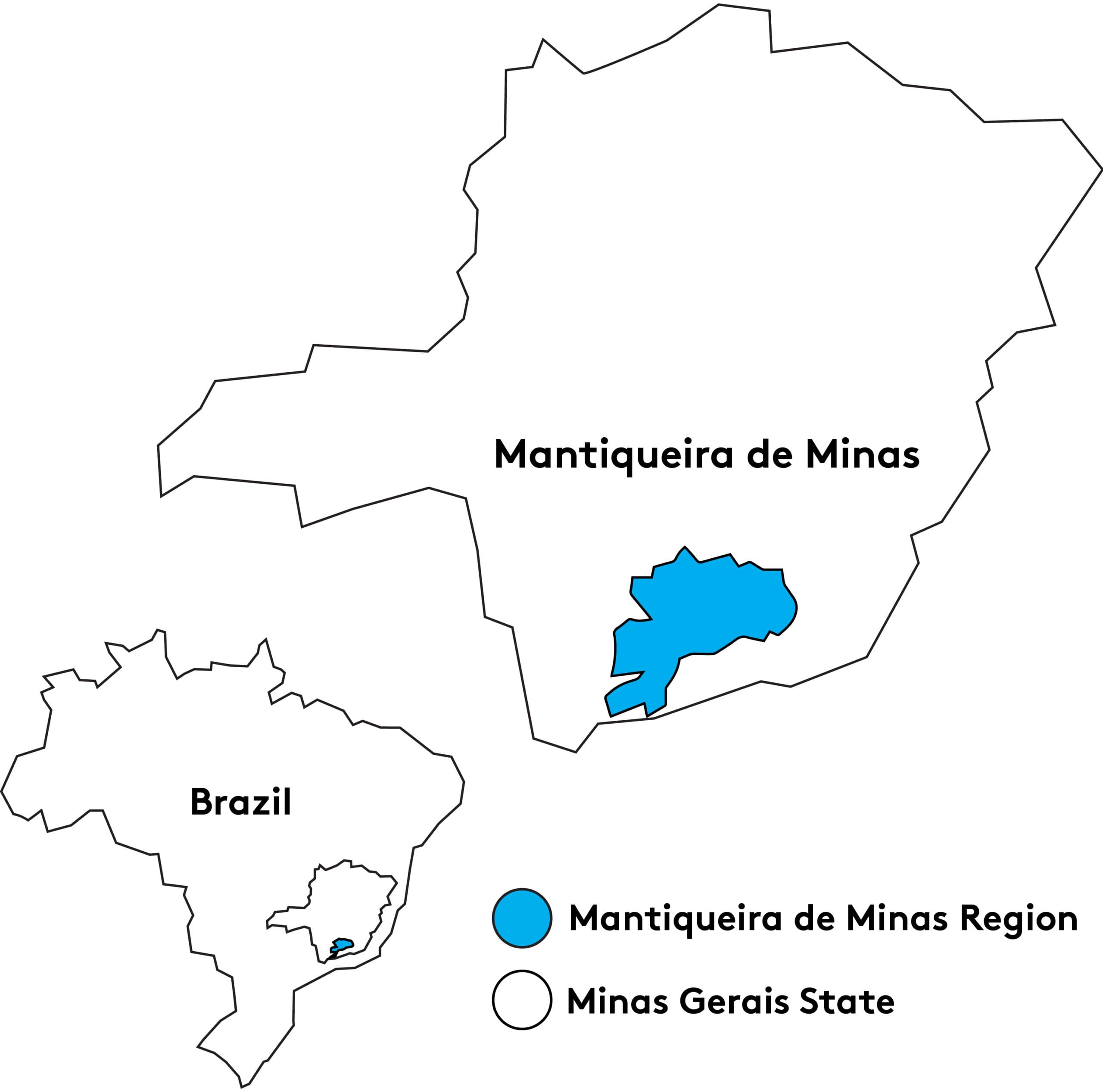João Adelino de Paiva is a coffee grower living and working in the Mantiqueira de Minas coffee region on his farm, Sítio Monte Alegre. João inherited the land from his father, Mr. Geraldo Ribeiro, who was also a farmer. In 2012, with the encouragement of his wife and son and recognizing the good natural conditions of the region, João decided to plant coffee trees across 5 hectares of the 6 hectare property, beginning his career as a coffee producer.
The early years were challenging for the family, as there was much to learn about coffee production and a severe drought fell across the region along with pests and diseases that ruined the crops. They decided to join a local cooperative and sought the support of an agronomist to guide their decision making, learning the skills and knowledge they needed to produce high quality coffees. Since then, they’ve continued to invest in technologies like their new box dryer to continue improving their work year after year.
This lot of Red Catuai coffee underwent Natural processing. Catuai was developed by the Instituto Agronomico (IAC) of Sao Paulo State in Campinas, Brazil by crossing Mundo Novo and Caturra varieties. Catuai coffees are cultivated widely across Brazil, and are known for their high productivity potential.



